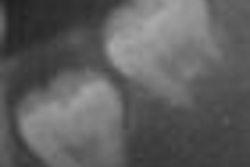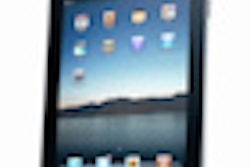Dear Imaging & CAD/CAM Insider,
Ultrasound has been used in dentistry for years in clinical applications ranging from power scaling to root canal preparation. But while this modality has long been a standard diagnostic tool in other medical disciplines, it has yet to play the same role in dentistry.
If two commercial start-ups have their way, however, this could all change in the near future. Both companies are developing ultrasonography devices for dentistry -- one to noninvasively screen for periodontal disease, the other to detect tooth fractures. And both say FDA clearance could come as soon as next year.
Read more about the design and development of these devices and how they could improve dental diagnostics in our latest Insider Exclusive.
In other Imaging & CAD/CAM Community news, dentists are among the millions of Apple customers around the world who are lining up to buy the iPad. Early adopters say it's great for displaying x-rays, charting, managing dental records, and entertaining and educating patients. Is it right for your office? Read more.
And despite the availability of numerous diagnostic tools, dental practitioners continue to face challenges when it comes to determining whether to perform third-molar extractions. Can finite element analysis -- a software algorithm designed to enhance cone-beam CT images -- help? Read more.
Cone-beam CT also offers advantages over other diagnostic methods in the detection and assessment of painful salivary stones, according to a study in the July Oral Surgery, Oral Medicine, Oral Pathology, Oral Radiology, and Endodontology.
Meanwhile, although still in the prototype stage, a laser-based fluorescence spectroscopy device developed at the University of California, Davis is showing promise for early detection of oral cancer. Could this technology prove to be a better method for distinguishing normal from malignant tissue in the oral cavity, particularly in the tongue region? Click here to read more.
Finally, a number of new studies are demonstrating the potential for other emerging modalities -- including thermal imaging, optical coherence tomography, and bioluminescence -- to better detect caries and determine caries risk.



















